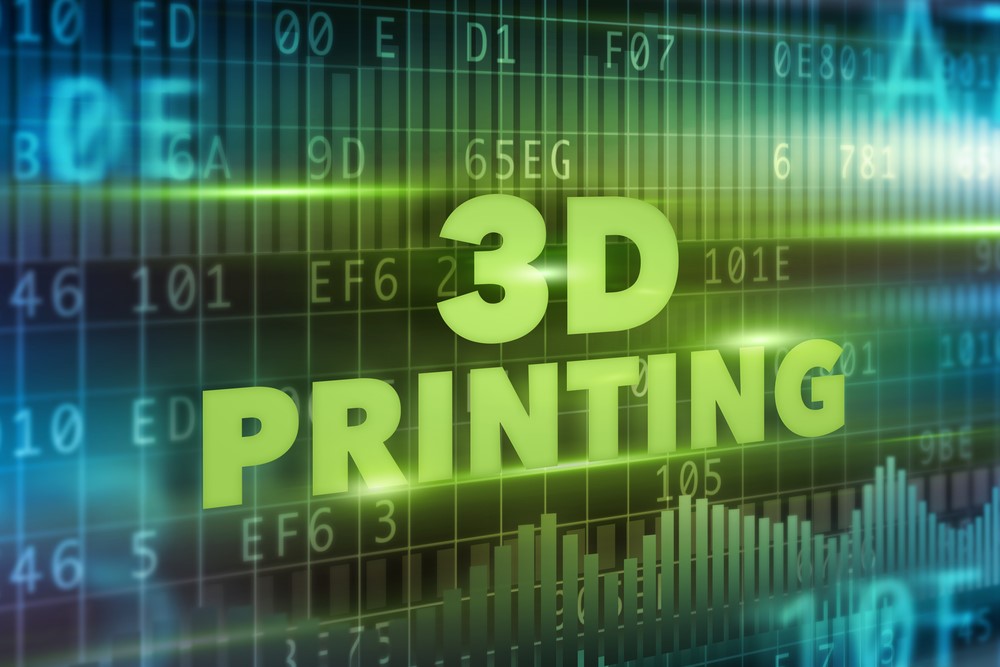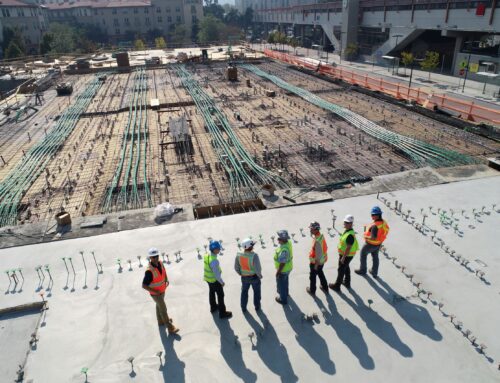
In our December blog on 2022 trends in construction, we briefly touched on 3-D printing, which is quickly becoming one of the fastest-growing trends in technology and construction today.
Though it sounds like some newfangled wave of the future, 3-D printing has been around since the 1980s when stereolithography came onto the technology scene, introducing ultraviolet lasers that turned liquid resin, layer by layer, into solid material.
3-D printing is a form of additive manufacturing and works similarly to your desktop printer in your home office. Computer software, pre-programmed with a design, commands the printer to put down layers of something. For example, your home office printer lays down ink or toner — in the construction industry, 3-D printers lay down thicker-than-concrete-cement mixes, polymer materials, plastics, or metals. Then, layer upon layer, following a programmed design and controlled by a computer, robotic arms squeeze these materials into precise on-site configurations. 3-D printers can also create components for the building process off-site. Whole buildings have been built with 3-D printers!
There are many advantages to incorporating 3-D printing into construction, including –
-
Reduced Cost
A significant benefit of 3-D printing is the overall cost savings. 3-D printed buildings use less raw material and less labor than a traditional building project. It’s typical for general contractors and builders to order an estimated surplus of materials for any given project, but 3-D printing uses an exact, predetermined amount of material, such as cement. There’s no need to pay for and maintain storage or transportation of daily materials.
-
Reduced Waste
Because 3-D printers use a more precise amount of material for building, there’s a considerable waste reduction, making this building method more environmentally friendly. The printers also use cement mixtures made of imperishable materials and recycled plastics — which means extra materials are readily recycled. In addition, local and naturally sourced materials are often used for printing — further reducing waste and carbon emissions from unnecessary transportation and manufacturing energy. Finally, production is also incredibly accurate, saving the waste of having to re-do work. Overall, printed construction generates a mere 30% of the typical construction waste.
-
Reduced Injury
Another critical benefit that 3-D printers provide to the construction industry is reducing injuries on the job. Construction is considered one of the most dangerous and incident-prone skilled labor trades— heavy lifting, complex tools and machinery, and long hours can all lead to accidents, sometimes fatal. A 3-D printer has the potential to do much of the “heavy lifting,” sparing workers from injury and reducing workers’ compensation costs and paperwork.
-
Reduced Time
Typical construction takes weeks or months to complete, but 3-D printers keep going 24/7, dramatically reducing building time. In 2014, the Chinese company, WinSun, built ten (albeit somewhat primitive) houses in just 24 hours using 3-D printing. Businesses and investors are eyeballing and developing this strategy for emergency and low-income housing.
At Gillmann Services, Inc., we’re excited about the trends happening in the skilled labor industry. However, regardless of which direction trends take us, the need for quality talent will never go away. So, if you’re looking for some new team members, contact us today.






